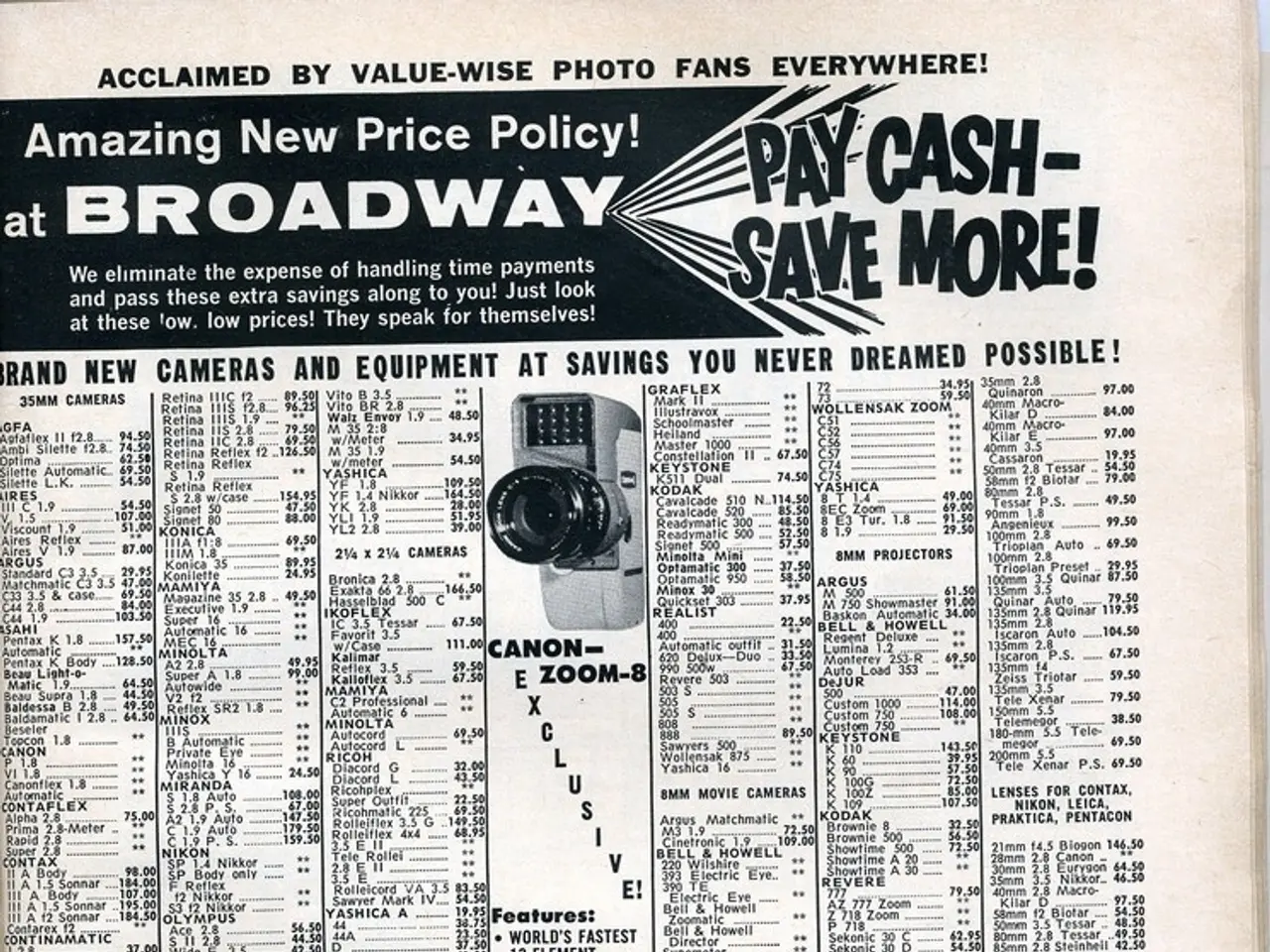Increasing Harm in Trade: The Negative Impact of Shoplifting on Business Operations
In a recent report by the Cologne Retail Research Institute (EHI), it has been revealed that the estimated annual value of unreported shoplifting cases in Germany is a staggering €5 billion. This figure underscores the significant impact of theft losses on the retail sector, beyond those incidents officially reported.
The EHI's findings highlight a growing trend in shoplifting, with a large proportion of thefts going undiscovered or unreported. According to the institute, less than two percent of actual cases are reported nationwide.
Products frequently stolen are often small, expensive items that can be easily concealed in clothing or bags. Among the most commonly stolen items are food, alcohol, designer clothing, sports shoes, electronic devices, electronic accessories, tobacco, and cosmetics. Professionally organized gangs are responsible for a significant portion of shoplifting, using coordinated strategies to bypass security measures and steal larger quantities of goods.
The costs associated with security measures in stores amount to an additional €200 million per year, according to the trade association's figures. However, these costs pale in comparison to the €2.82 billion euros attributed to customers, €910 million euros to the store's own employees, and €370 million euros to the staff of suppliers and service companies.
The issue of shoplifting is not limited to a specific region. For instance, the EHI study estimates the damage in the southwest at €580 million euros for the previous year. Yet, these figures are likely to be much higher, as Sabine Hagmann, CEO of the Baden-Württemberg Trade Association (HBW), does not trust the official figures and states that they only show a fraction of the actual theft burden.
The problem is compounded by the fact that more than half of the suspects do not have a German passport, and more than a quarter were under 18 last year. This suggests that organized gangs are exploiting minors to commit shoplifting. In response, the trade association is advocating for a lower age of criminal responsibility to prevent gangs from using minors.
High-value items are increasingly being targeted by these well-organized gangs for resale online. Thieves are stealing from store displays, not scanning a large portion of their purchases at self-checkout in supermarkets. The EHI estimates that around 24 million unreported shoplifting cases with an average damage of €117 euros remain each year, corresponding to around 100,000 shoplifting cases per day nationwide.
As the retail sector grapples with this issue, it is clear that more needs to be done to combat shoplifting and protect businesses from these significant financial losses.
- The retail sector, which includes finance and general-news, is experiencing a growing problem with shoplifting, with organized gangs exploiting minors and committing crimes in the industry.
- In a concerning trend, high-value items are being targeted by these organized crime groups for resale, leading to estimated unreported shoplifting cases amounting to around €24 billion annually nationwide.
- To address this issue, management in the retail sector may consider implementing strategies such as lowering the age of criminal responsibility to deter organized gangs from using minors in shoplifting activities, thereby protecting both the retail sector and the justice system.




